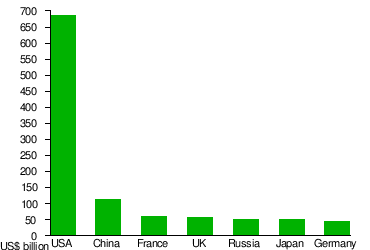I don't know if I believe that. Some buzz of that abound on keypublishing, but I haven't seen any first hand sources, and I that the one render they had of the PAK-FA with 2D nozzles had orthogonal angles, which would present corner reflectors for radar (which tells me it's probably a fan render).
I remember one poster providing a link that a patent for a rectangular tvc nOzzle was issued by the t-50s engine suppliers-- and the Russians have experimented with rectangular nozzles too (that photo of a flanker with it's starboard nozzle converted). I consider the potential of a t-50 with stealthy nozzles to be a real possibility.
Of course, that probably will not massively change the dynamic between the big three, but it will nevertheless be a bit "meh" for us.

